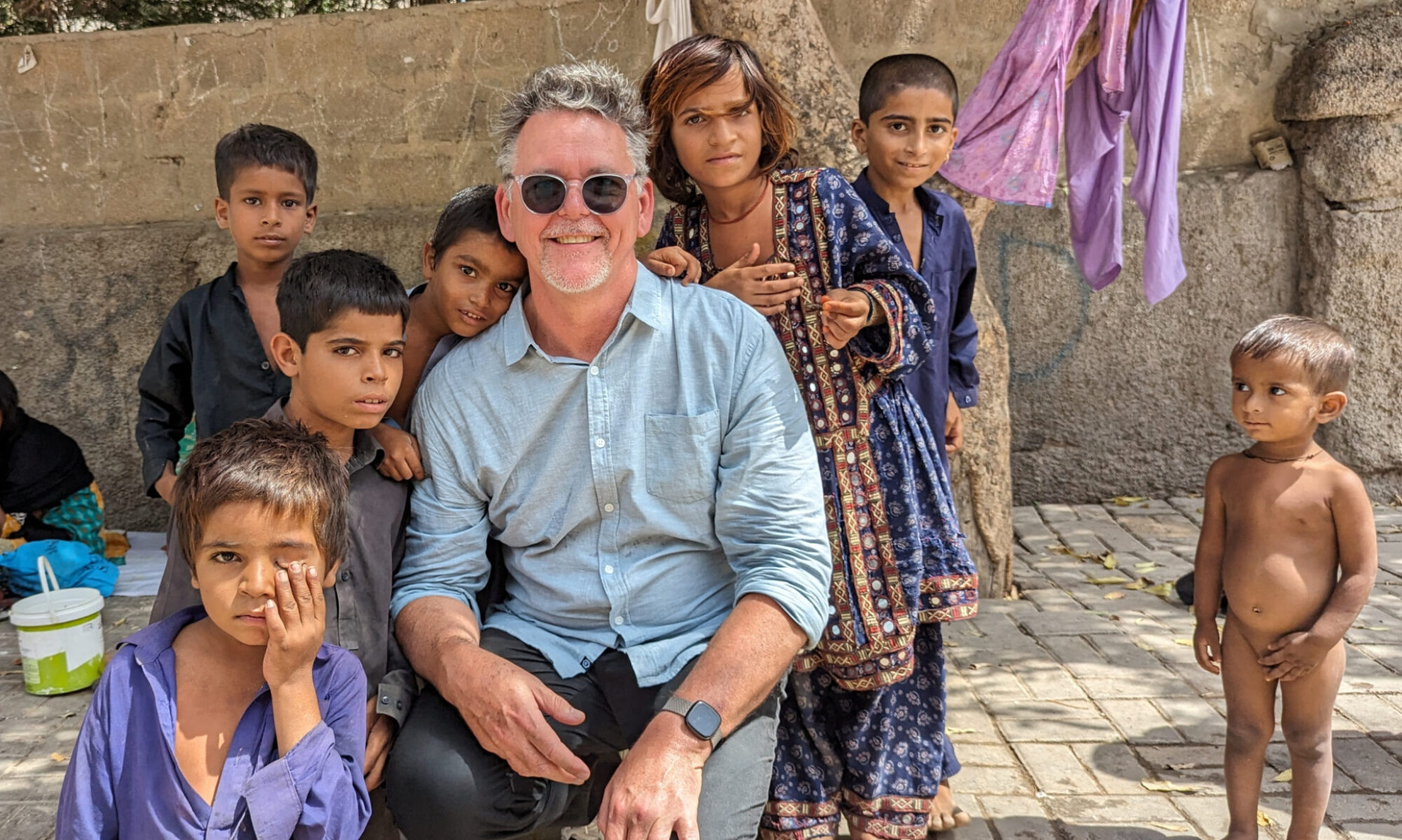 Here’s an interesting thought about the nature of communication through conversation…
Here’s an interesting thought about the nature of communication through conversation…
Michael Wesch is a professor of cultural anthropology at Kansas State University, and the creator of several well-watched YouTube videos about the nature of web 2.0. I’m sure most of the edublogosphere has probably seen “The Web is Us/ing Us“, “Information R/Evolution” and “A Vision of Students Today“. All of these videos have done the rounds of the web in a completely viral way, and if you haven’t yet seen them, you should.
In an interview with John Batelle from Searchblog, Wesch was asked about the videos and some of the ideas he was exploring by making them. It’s an interesting read, but I was particularly struck by one of his responses in the comment section at the end of the interview, as he was counter-responding to a long string of blog comments from multiple readers…
“The Web speeds up the process of rebuttal, reply, and revision and calls forth a different approach. The radically collaborative technologies emerging on the Web create the possibility for doing scholarship in the mode of conversation rather than argument, or to transform the argument as war metaphor into something that suggests collaboration rather than combat”
… and this…
“Even now, as I am answering multiple questions with one long comment at the bottom of a blog post, the structure of the medium is in some way affecting how I am responding. On a forum I would address each question individually in separate threads. These seemingly minor differences are important because all human relationships are mediated by communication. If we change the way we communicate, we change human relationships, and since society is ultimately based on human relationships, those seemingly minor differences can have a profound effect on society, especially if they become dominant or very popular modes of communication.
I can’t see into the future, but what gives me hope is that there are now more people than ever capable of creating and contributing to how these communication structures might be built, and even more people capable of contributing to a serious conversation about the implications.”
This seems to be a common theme, this idea of conversation as a means of evolving shared knowledge. Again, I’ll use the phrase “Learning is a Conversation” as I think it sums up this idea that by engaging in an ongoing conversation we eventually start to spot patterns, see the big picture, and construct our own way of thinking about the world.
This is especially important in our school systems, where conversations between teachers and teachers, students and students, and teachers and students may be the only really effective way to evolve the sorts of ideas and knowledge needed for a 21st century education.
We now live in a world which has fundamentally changed. The idea of learning as a finite body of knowledge which can be transferred from the information-haves to the information-have-nots is no longer tenable. Schools cannot continue to be places where learning is simply about remembering facts and definitions. Information is no longer scarce… Google changed all that. The real task of learning is now to effectively engage with ideas, to discuss and debate, learning about them through ongoing conversation. By engaging in learning as a conversation we can start to get real traction from the neverending stream of ideas around us, expanding our thinking in agreement or argument, encouraging our learners to be critical and creative thinkers.
And as we change our thinking through these conversations, perhaps we become capable of changing our world; which is perhaps what schools ought really be about in the first place.
Tags: conversation, michaelwesch, youtube, information
